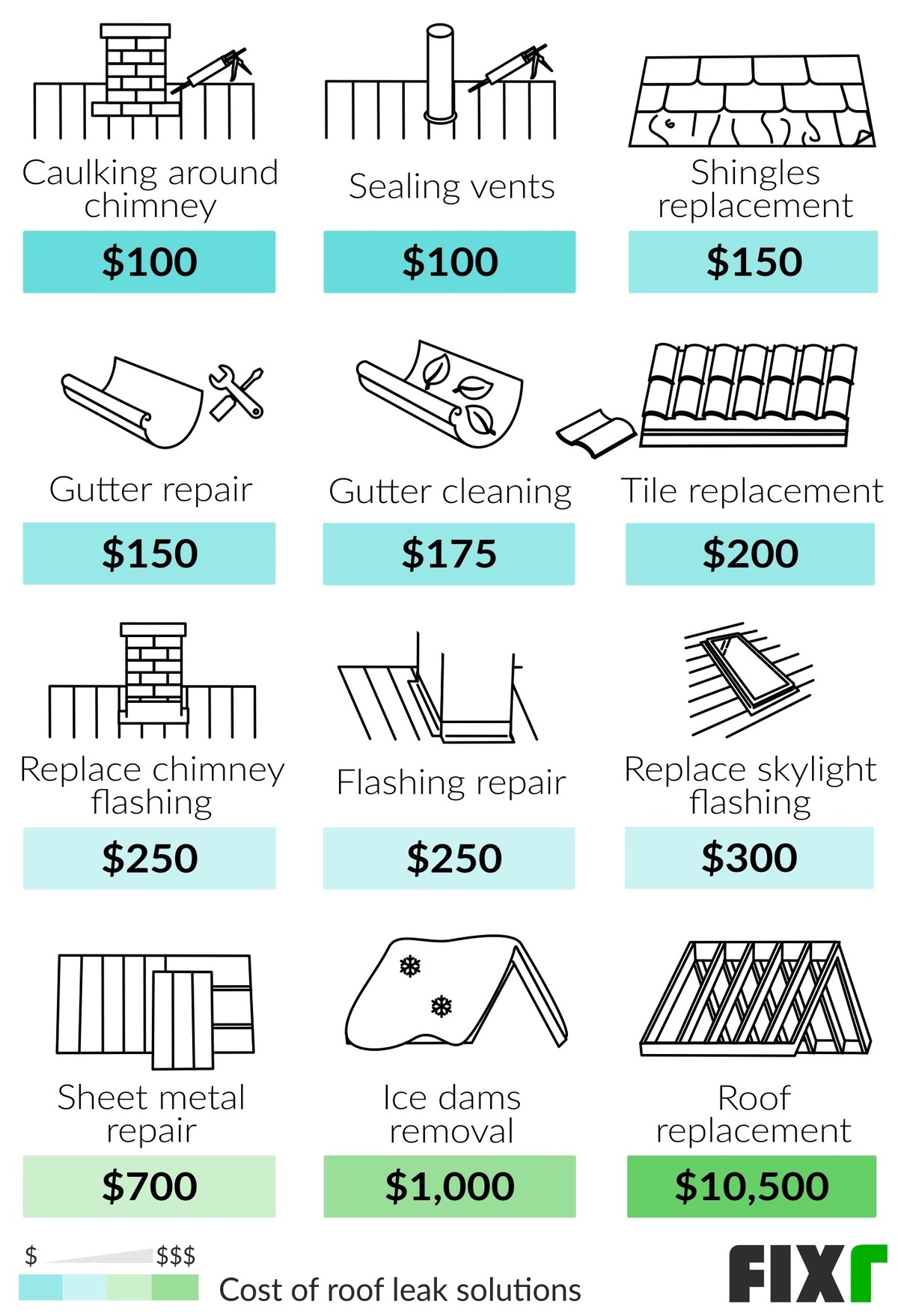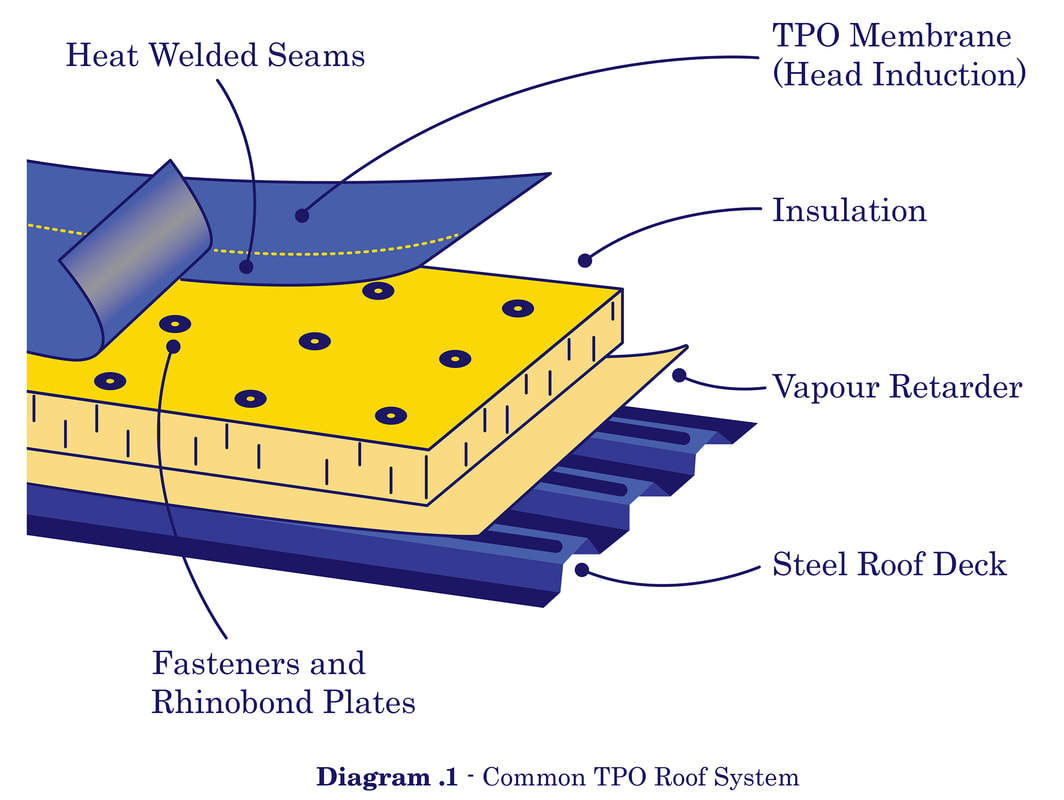Roof The average cost of a 1000 sqft. Expect to spend 1500 to 3000 to remove your current roof before installing a replacement.
 Roof Replacement Cost 2021 New Roof Installation Prices Per Sq Ft
Roof Replacement Cost 2021 New Roof Installation Prices Per Sq Ft
The national average cost to replace a roof is 7211 with most homeowners spending between 4707 and 10460.

How much does it cost to replace roof decking. Decking recommendations from roofing pros. Average costs and comments from CostHelpers team of professional journalists and community of users. Premium timber 100 per square metre will increase the amount considerably up to around 2500.
Across the US homeowners report spending around 750-3000 on deck replacement cost depending on project size and materials. How much a repairing a deck should cost. The average cost to install timber decking is typically around 1000-2200.
Actual costs will depend on job size conditions and options. How much does a deck cost. The average cost range per roof square replacement is 350 to 600 per square but some materials cost less or more depending on your roofs condition.
28 rânduri The choice of flooring is a major factor when estimating the price of a new deck. All in you can see why a roof deck can cost as little as 25000 but quickly exceed 100000 depending on your finishes and all of the elements that you choose to bring into you roof deck. But if you have gaps if the railing penetrates a lot in a difficult way that price can.
For a basic project in zip code 47474 with 120 square feet the cost to Install Wood Decking starts at 1168 - 1543 per square foot. If the 4x8 area is all for shingle replacement as well expect to pay between 300 and 500 total depending on your location. This price assumes installing approximately 20 square metres of budget-medium quality timber.
Do-it-yourself supplies for deck repairs can cost 10-50 for simple projects and 100-600 or more for extensive work depending on the materials needed and the type of repair. Generally people spend anywhere between 4707 to 10460 depending on the size of the roof and materials used. Roof installation cost ranges from 400 to 550 per square depending on the roof size and materials used in reroofing.
New deck installation costs homeowners an average between 4000 and 16000. Fixing minor sagging roofs may only require additional support like rafter ties. Multiply the number of decking sheets needed by the cost of each sheet to figure the cost of the decking.
It may that you only need some of your decking replaced which can cost around 300 however for a full replacement you should expect to pay about 4000 or more. Whats Involved in Installing Garden Decking. The installation expenditure can range from 350 to 550 per square or 350 to 550 per square foot 1 square 100 square feet.
Cost of a New 1000 SqFt. It should take no more than 2 days to complete and most contractors could have the job finished in one. This is incredibly impossible to answer.
In fact the price range is so spread out because the quality of deck materials ranges from very low to top notch. Roof averages 3500 to 6000. 24 rânduri When leaks begin it should be repaired or replaced quickly to prevent major interior water.
In 2020 the national average for roof replacement rounds out at 7211. For a basic deck you spend one dollar on labor for every dollar spent on materials. Sagging roof repair costs 800 to 2500 on average to replace sections of roof decking and shingles up to 100 square feet.
You can spend anywhere from 3 to 30 per square foot on decking boards alone with composite averaging 40 more than wood. Make sure you have your actual roof measured by a professional to get the exact dimensions. If your deck is pristine absolutely no gap no difficult railing etc the price can be as low as 1 a square foot.


